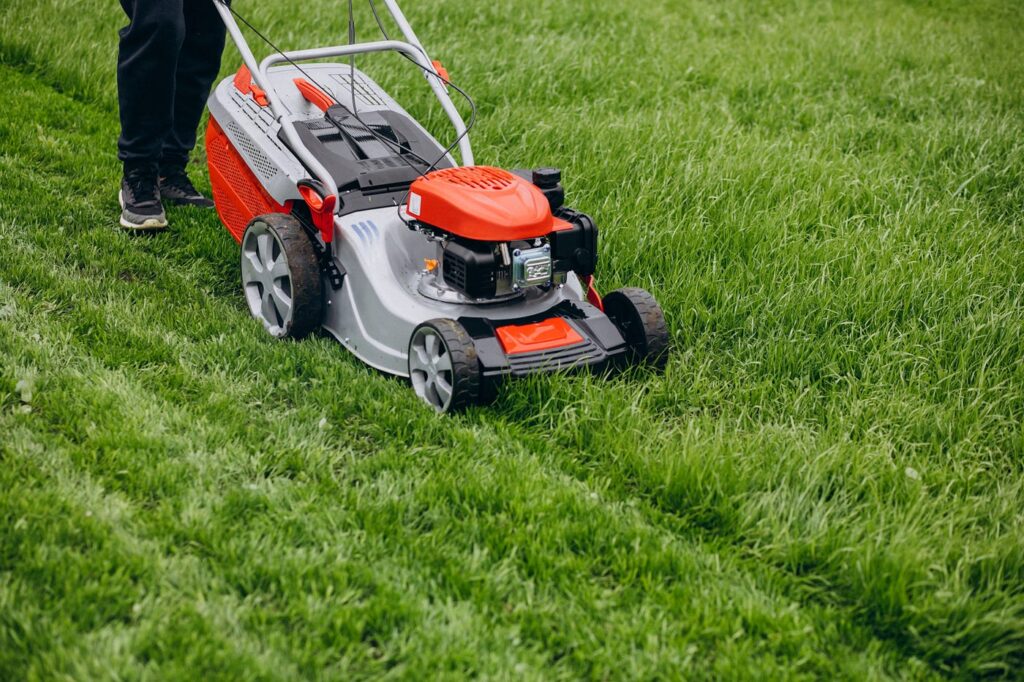
Introduction to Lawn Treatments
Lawn treatments encompass a range of practices aimed at maintaining and improving the health and appearance of a lawn. From fertilization to pest control, these treatments play a crucial role in nurturing vibrant and lush turf to get best lawn treatment.
Types of Lawn Treatments
Fertilization:
Fertilization involves the application of nutrients to the soil to promote healthy grass growth and development. By supplying essential elements such as nitrogen, phosphorus, and potassium, fertilizers support strong root systems and vibrant green foliage.
Weed Control:
Weed control is essential for maintaining a pristine lawn, as weeds compete with grass for nutrients, water, and sunlight. Effective weed management techniques target unwanted plants while preserving the health of the turf.
Pest and Disease Management:
Pests and diseases can wreak havoc on a lawn if left unchecked. Identifying common culprits and implementing appropriate treatment strategies is essential for preventing damage and maintaining a thriving turf.
Organic vs. Synthetic Lawn Treatments
Organic Lawn Treatments:
Organic lawn treatments rely on natural ingredients and methods to promote soil health and grass vitality. By avoiding synthetic chemicals, these treatments offer a more environmentally friendly approach to lawn care.
Synthetic Lawn Treatments:
Synthetic lawn treatments utilize manufactured chemicals to address specific lawn issues quickly and effectively. While they may provide immediate results, they can also pose environmental risks and long-term consequences.
Hybrid Approaches:
Hybrid lawn care approaches combine the best of both organic and synthetic methods to achieve optimal results. By leveraging the benefits of each approach, homeowners can tailor treatments to their lawn’s unique needs while minimizing environmental impact.
Seasonal Lawn Treatment Practices
Spring Lawn Care:
Spring is a critical time for lawn care, as grass emerges from dormancy and begins a new growth cycle. Fertilization, weed control, and aeration are essential tasks to kickstart healthy turf growth.
Summer Lawn Care:
Summer brings challenges such as heat stress and pest infestations, requiring careful monitoring and proactive measures. Adequate watering, pest control, and disease prevention are key components of summer lawn care.
Fall Lawn Care:
Fall is a time for preparation as lawns transition into winter dormancy. Fertilization, overseeding, and soil testing help fortify turf against winter stresses and set the stage for a healthy spring emergence.
Professional vs. DIY Lawn Treatments
Benefits of Professional Lawn Care Services:
Professional lawn care services offer expertise, convenience, and consistency that can be challenging to replicate with DIY methods. With access to specialized equipment and knowledge, professionals can deliver superior results.
Considerations for DIY Lawn Care:
DIY lawn care appeals to homeowners seeking cost savings and a hands-on approach to lawn maintenance. However, DIY efforts require time, effort, and resources to achieve satisfactory results and may lack the expertise.




